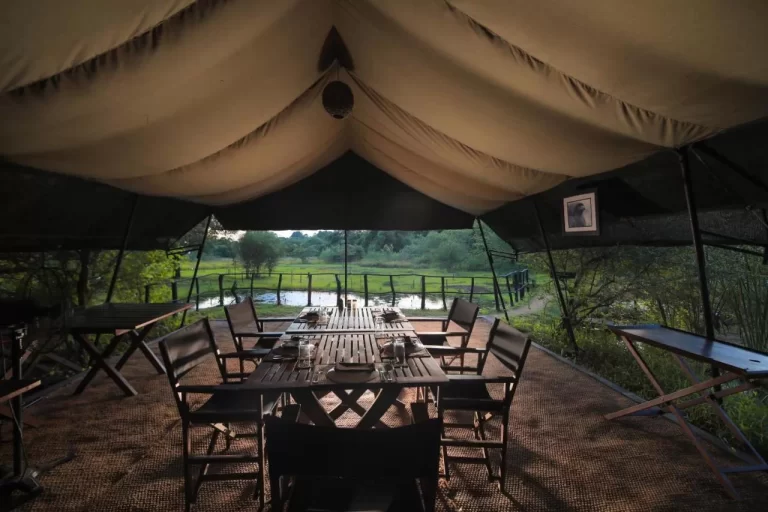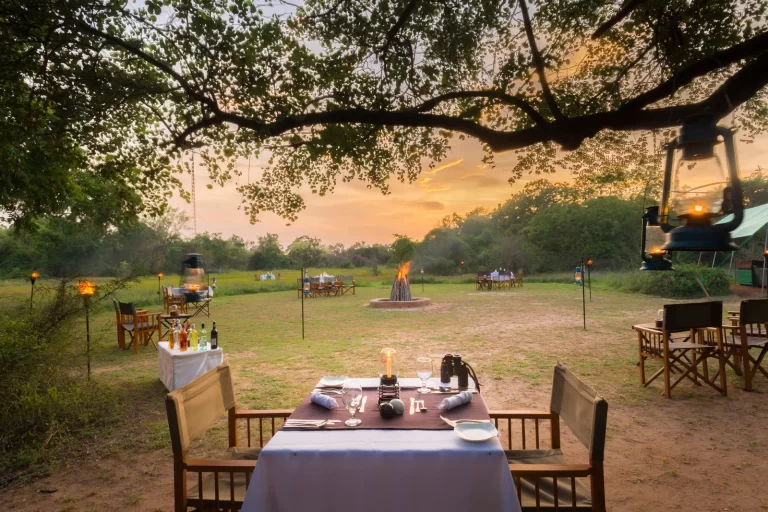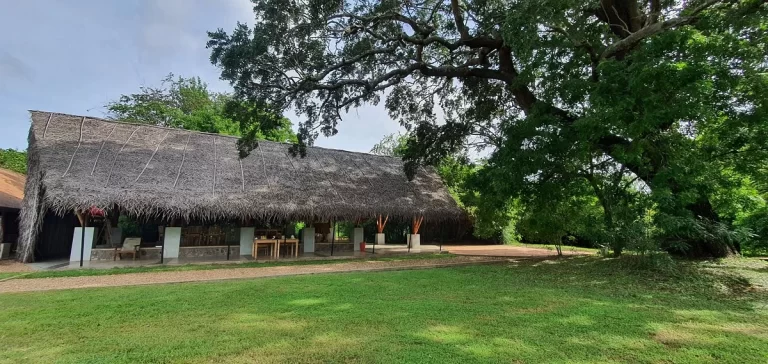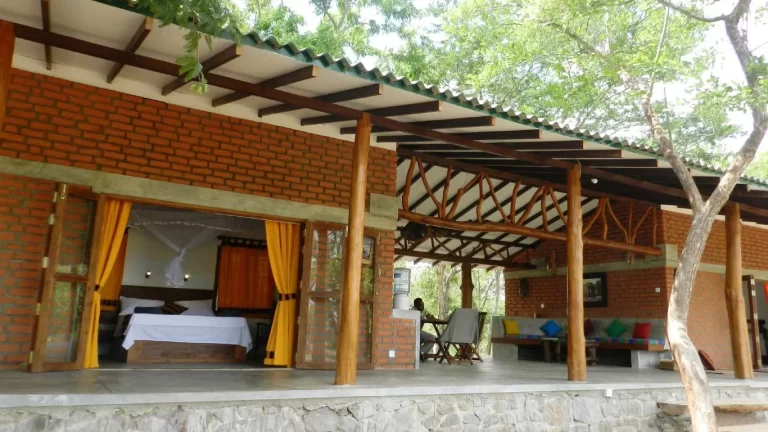The park is located on the north-western coast, and lies in the lowland dry zone of Sri Lanka. The area comprises of a unique cluster of water bodies referred to as “Villus”; natural rain-fed lakes surrounded by open grassy plains set within dense scrub jungle. Some of these lakes are saline. Coastal areas of the park are low scrub and salt grass, while the majority of the park is covered in dense forest or scrub, and the rest is more open habitat. The largest mangrove ecosystem in the country is also found at Wilpattu, close to Gange Wadiya.
Although dense foliage sometimes makes spotting them a bit harder than at Yala, Wilpattu remains an excellent place to observe leopards.
May, June and July are the best months for Sloth Bear sightings, which happens to be the fruiting season of Palu Manilkara hexandra and Weera Drypetes sepiaria. Sloth Bears love to feed on these fruits and can often be found under these trees feeding on the berries fallen on the ground.
Wilpattu’s Asian Elephant population, including majestic tuskers, have sometimes been spotted during the dry season from July to September, but most of the year these elephants frequent the less-visited western side of the park. Bull Elephants can be seen throughout the year feeding on vegetation at the main cluster of frequently visited Villus and large gatherings of 80 to 100 are sometimes seen during the height of the dry season at some of the tanks.
Golden Jackal, Sambhar, Spotted Deer, Barking Deer or Red Muntjac, Grey Langur, Wild Pig, Asiatic Buffalo and Crocodiles and the Ruddy Mongoose are regularly seen in the park. Three endemic species of mammals, Golden Palm Civet, Northern Mouse Deer or White-spotted Chevrotain and the Purple-faced Leaf Monkey are also seen here.
Wilpattu is a paradise for resident as well as migratory birds. Up to 216 species including 11 endemics have been recorded. The endemic species found here include Ceylon Small Barbet, Ceylon Grey
Hornbill, Ceylon Swallow, Crimson-backed Woodpecker, Pompadour Green Pigeon, Black-capped Bulbul, Ceylon Junglefowl, Brown-capped Babbler and Ceylon Wood Shrike.
Several species of butterflies, reptiles, snakes and amphibians have also been recorded.






